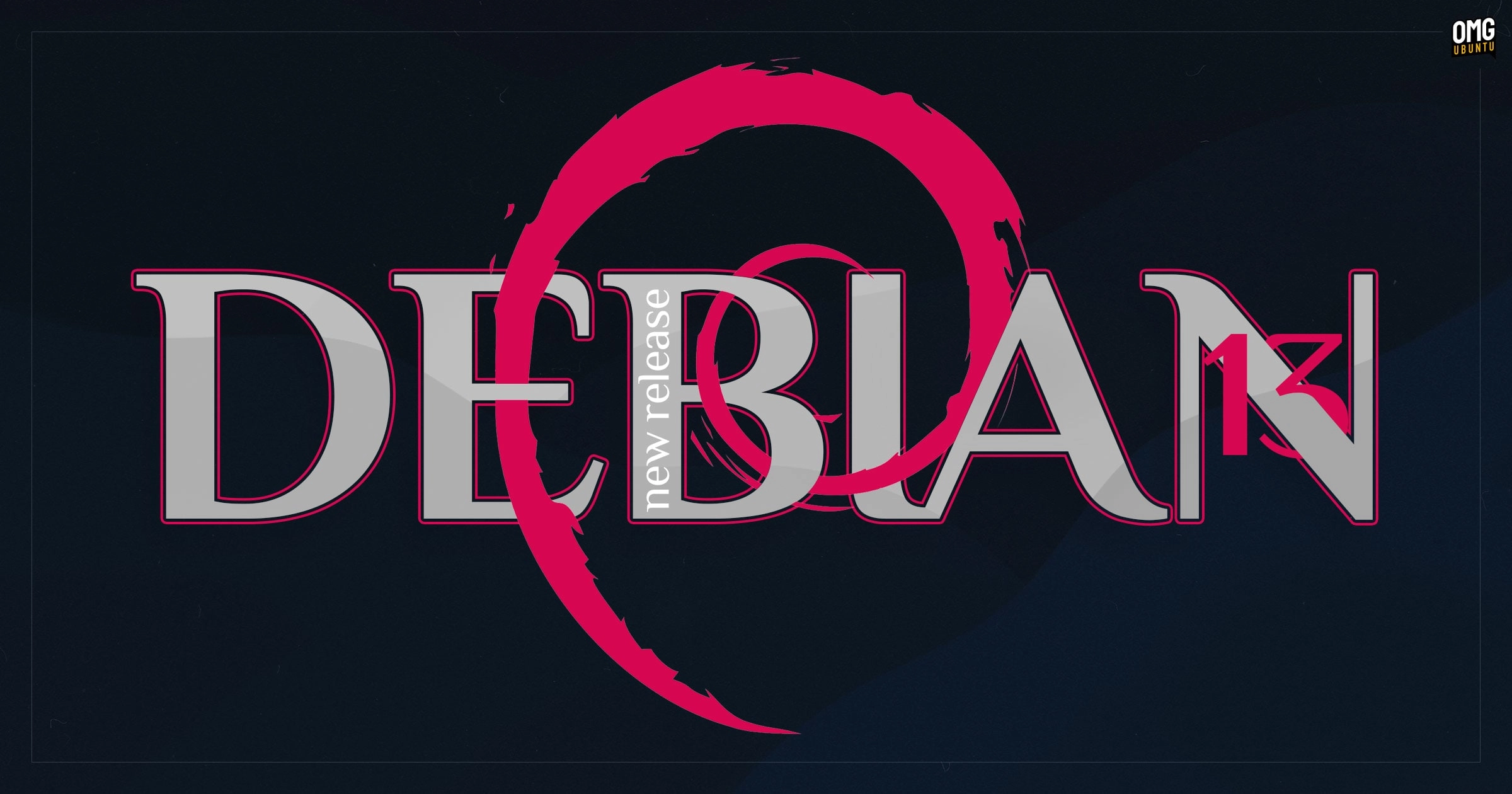Debian 13, codenamed "Trixie," has officially been released after two years of development, introducing a wealth of improvements to one of Linux’s most renowned distributions. This latest version includes support for the RISC-V architecture, the Linux kernel 6.12 LTS, and APT 3.0, enhancing the overall functionality and usability of the system.
As a reminder, Ubuntu is primarily based on Debian, which underlines Trixie’s importance. Notably, Debian 13 runs on the Linux 6.12 LTS kernel and features GNOME 48 as its default desktop environment. Debian typically offers three years of support for each release, with an additional two years of LTS support, positioning Trixie for long-term stability until 2030.
One of the key highlights of Trixie is the addition of official RISC-V support, marking a major advancement. This allows users to run Debian on RISC-V single-board computers (SBCs) with reliable support for a broad range of software.
On the other hand, Debian is reducing support for 32-bit (i386) systems, limiting its availability primarily to 64-bit processors with SSE2 capabilities. This change likely renders many older machines—such as those still using Windows XP—unsupported. Additionally, support for MIPS has been discontinued, but enhancements for ARM64 architecture have been implemented, including security features like Pointer Authentication and Branch Target Identification to mitigate code injection threats.
In terms of software updates, Debian 13 brings a collection of fresh features and applications. Besides the updated GNOME 48, users will find new apps such as Loupe (replacing Eye of GNOME), Snapshot (a replacement for Cheese), and Music (which supplants Rhythmbox). Notably, Transmission has been removed from the default package but remains available for installation through the repositories.
Debian 13 also updates other essential software, including the LibreOffice 25.x series, Firefox 128 ESR, and GIMP 3.0. The addition of APT 3.0 introduces color coding for package operations, enhancing user experience by making it easier to identify installations, upgrades, downgrades, or removals.
Additional noteworthy updates include improvements addressing the Y2038 problem, HTTP boot support, updated curl functionalities, and spellcheck enhancements for web browsers utilizing Qt WebEngine.
For those interested in downloading Debian 13, it became available on August 9, 2025. There are a variety of download options, including net-based installers and larger ISO images that enable offline installations. Users looking to install a desktop version are recommended to download the DVD-sized ISO that contains GNOME 48 and a selection of applications, which doesn’t require an internet connection during installation.
For more information, you can check the official Trixie release notes and the list of potential issues to be aware of before upgrading or installing Debian 13 can be found here.
